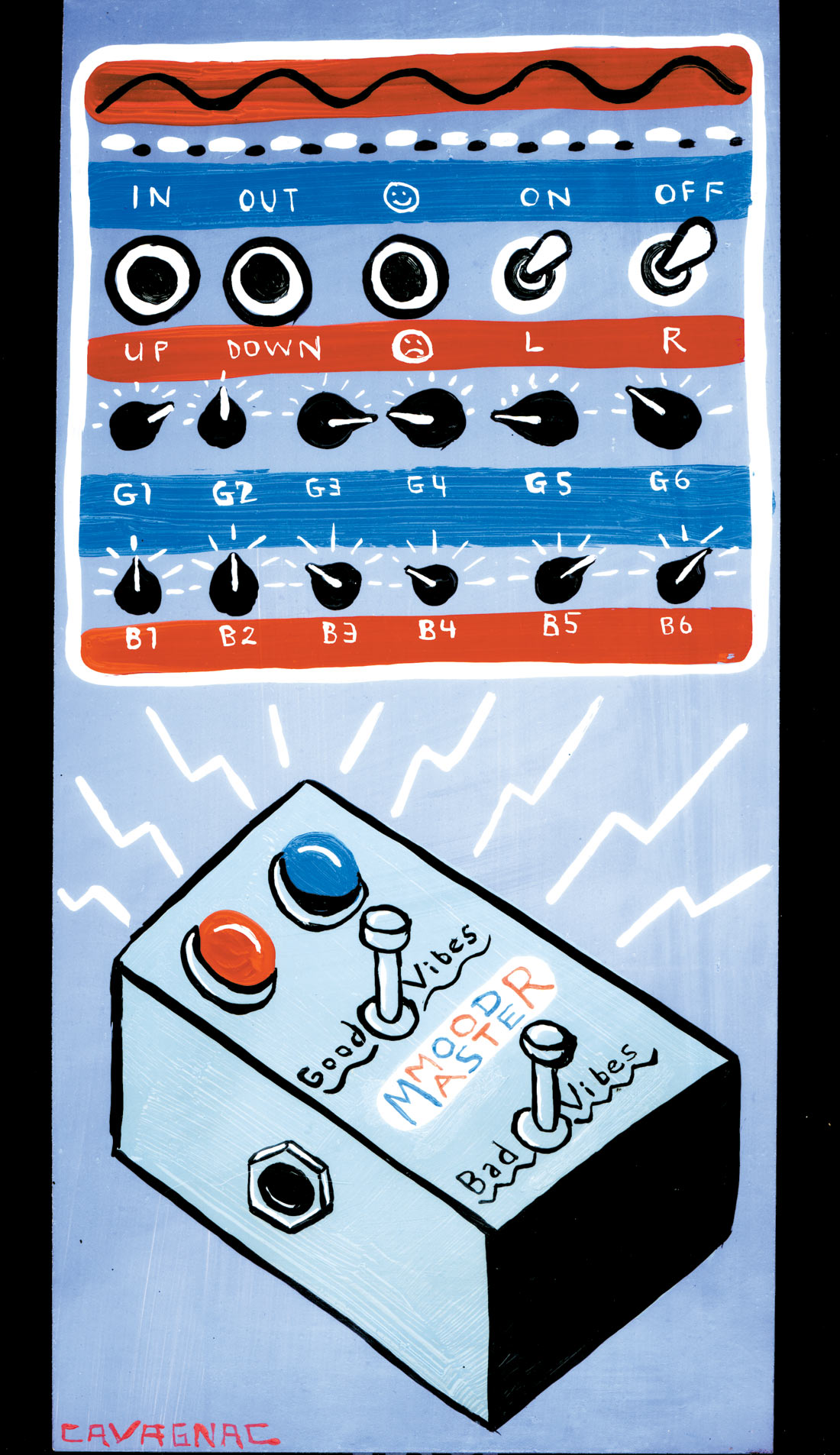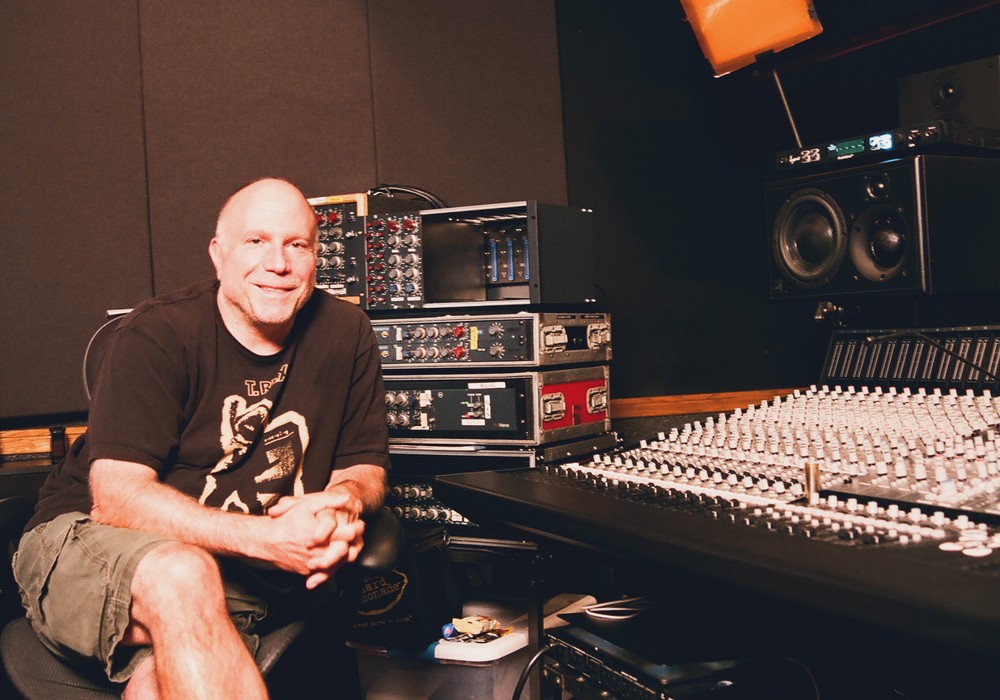While designing The Lodge's music production facility in NYC, I originally spec'ed a Furman HDS/HRM-6 system (Tape Op #38). I showed the studio design to producer Jason Carmer, and he insisted that major-label musicians (unlike the indie-rockers I record) need more personal control over their monitor mixes than the 6-channel HDS/HRM-6 can provide. So I looked into the HDS/HRM- 16 system (see LC's review this issue), but after pricing out the wiring required for a multi-room facility-imagine hundreds of feet of 50-conductor wire pulled through conduit and then hand-terminated to Centronics connectors-we decided to go with an Aviom PRO16 system instead.
PRO16 is a 16-channel distribution system that uses regular CAT5e cabling-wire that's incredibly cheap to install-to pass uncompressed, 24-bit audio at various sample rates (depending on which source module/card is in use). The product line includes three analog I/O modules, two personal mixers, a number of network devices (distributors and system bridges), and even cards that plug directly into Yamaha and DiGiCo digital consoles. Tons of accessories too. Although PRO16 systems can be configured to stream multi- channel audio in many different ways for many different uses, we chose PRO16 specifically for headphone monitoring.
Our system consists of an AN-16/i 16-channel analog module in the main control room feeding an A-16D 8-port distributor, dedicated CAT5e cabling to half a dozen locations throughout the facility, and a bunch of book-sized A-16II personal mixers. The personal mixers can be daisy-chained or they can be connected in parallel through the distributor. Daisy- chaining requires any A-16II other than the first in the chain to be powered by a wall-wart. Parallel operation requires no wall-warts for the A-16IIs (instead, the wall- warts are attached to the distributor), which means that a single CAT-5e cable feeds each personal mixer- reducing the mess of cables on the studio floor.
The A-16II has sixteen channel-selector buttons with indicator LEDs and one rotary encoder each for changing pan/balance and volume of the selected channel (and channels that you set up as stereo feeds at the AN-16/i input module are automatically selected as stereo here). There's also a master volume pot alongside bass and treble knobs for the resulting mix. Additional buttons allow you to solo, mute, and group channels, as well as trim all channels and save/restore presets. Honestly, there's much more capability to this system than we've ever needed! Using the A-16II is a little wacky at first-select channel first then adjust level-and some musicians seem to take to it quickly, while others require an assistant by their side. Also, a lot of musicians care much less for the headphone system than we do, so the personal mixers do take some abuse. But they've held up well, despite their plastic construction. And the system latency (there's A-D-A conversion going on) is so low that no one has ever mentioned it.
As an engineer-geek, I love the PRO16 monitoring system for its flexibility and control. As a businessman, I love it for its low installation cost; our whole system saved us thousands of dollars over a similarly- configured Furman HDS/HRM-16. My advice? If you've got a smaller facility that won't require a lot of cable runs, the Furman system is probably easier to use. If you've got a multi-room facility, definitely check out PRO16. It's easy to install, it's infinitely expandable, and it's over-the-top in terms of offering a personal mix. Oh, and don't forget that it ain't just a monitoring system... with PRO16, just about any kind of multi- channel audio connectivity can be simplified down to CAT-5e cabling. (www.aviom.com)





_disp_horizontal_bw.jpg)